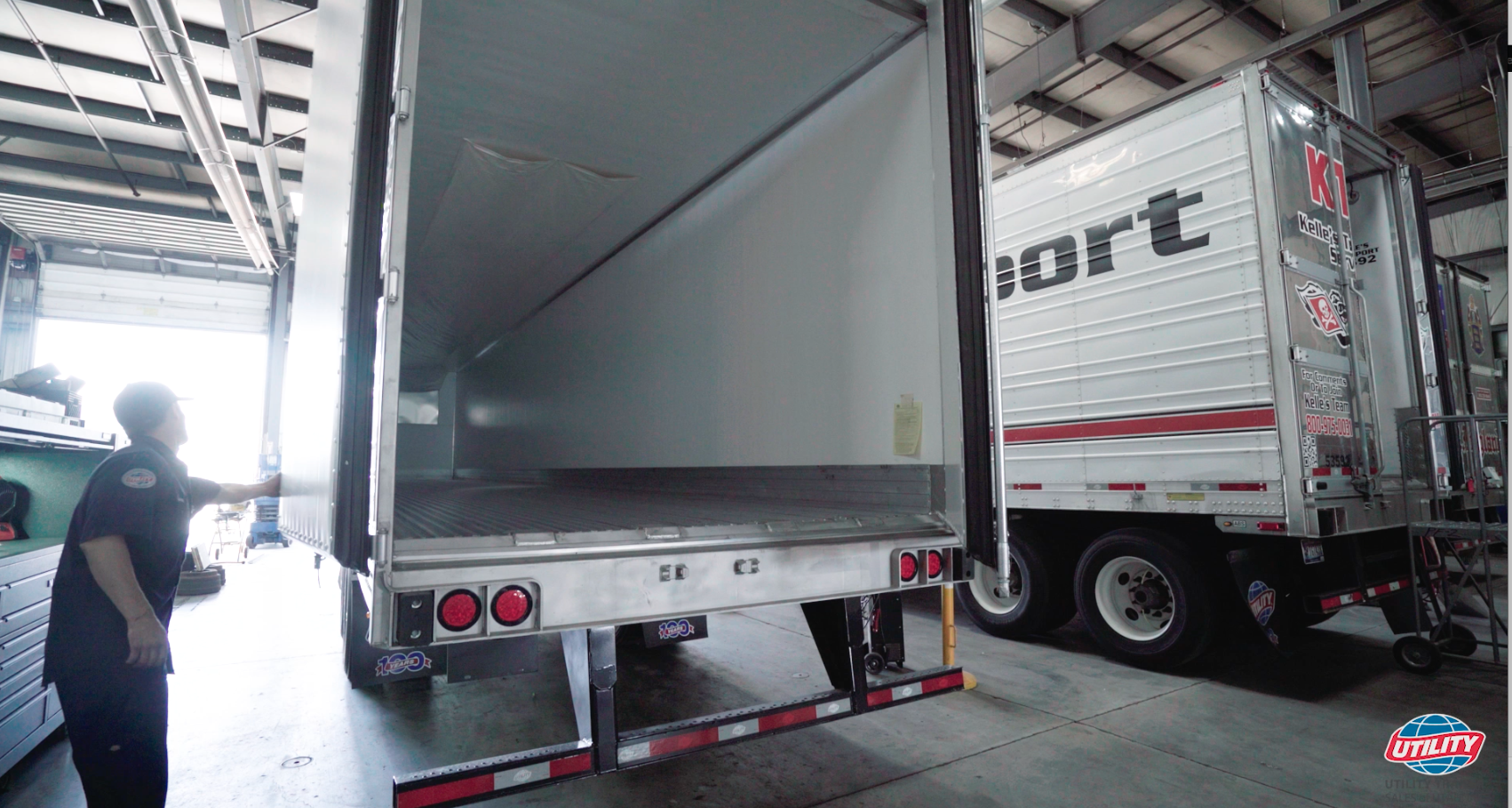
3 min read • Reefer Trailers
How to Install a Reefer Chute

Copyright © 2025 1580 Utility Trailer
3 min read • Reefer Trailers

Everything you need to install an air chute in your reefer trailer.
When driving a trailer, it’s essential to maintain a uniform temperature, especially when transporting temperature-sensitive goods. To keep these products in prime condition air circulation is critical. Air chutes are designed to better manage the flow of air temperature within trailers, while continually maintaining product integrity and lowering operating costs. Typically used in reefer trailers to maintain temperature levels, air chutes ensure optimal airflow and even temperature distribution throughout the entire trailer system. But how does an air chute work and how is it helping you? Let’s discuss.
The design of an air chute provides a uniform temperature throughout the trailer. This happens by using an adapter that helps move the airflow from the reefer unit to the rear of the unit. Without an air chute, cold air blowing from the reefer unit would not reach the back of the trailer before heating up. Air chutes also reduce the hot spots in a trailer that can significantly impact the quality of your load.
Along with maintaining consistent temperatures, air chutes benefit your transport in multiple ways. These include:
– Minimal temperature variance
– Total load protection by eliminating short-cycling, top-freezing and hot spots
– Saving on fuel costs during loading and unloading
– Quick and easy installation
– Highly-durable
– Designed to suit a variety of makes and models
– Easy disconnection for dry loads
But why are chutes so critical to a reefer unit? Let’s look at the three most common problems that can occur in a reefer trailer?
Short-cycling:
Short-cycling can happen whenever the discharge air isn’t able to travel the full distance of the trailer. This is due to poor loading practices and back pressure in the trailer that result in uneven temperature & air distribution throughout the trailer. This may spoil temperature-sensitive and heat-respiring products, which both require a maintained temperature and air flow circulation.
Top-freezing:
A common problem in the industry, top-freezing, happens when temperature-sensitive goods, such as fresh products or pharmaceuticals, are stacked too close to the discharge air stream resulting in frost damage.
Hotspots:
“Hot spots” or areas within the load space that are starved of temperature-controlled air and become warmer than the temperature selected on the unit thermostat are another common issue reefer unit’s face.
Luckily, with the correct air chutes installed, you can avoid the consequences of all of the above problems associated. The installation of air chutes guarantees more uniform temperature and airflow distribution even if obstructions to the flow caused by improper loading practices or uneven loading exist.
Quick Links
Stay up-to-date with our newsletters.
"*" indicates required fields
"*" indicates required fields
"*" indicates required fields
Found result/s